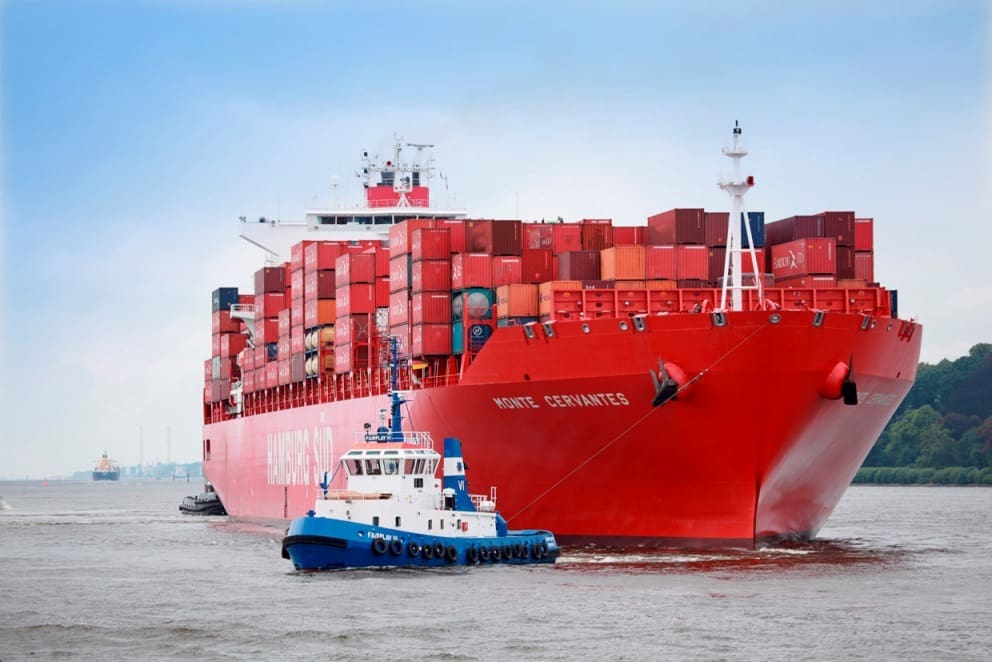
AUSTRALIA’S beef exports to the European Union collapsed to their lowest level in 16 years during 2020, due to a range of short and longer-term factors.
Often categorised as Australia’s most valuable beef export market on a dollars/tonne basis, the European Union (still including the United Kingdom until its formal departure back on 31 December), last year accounted for just 8525 tonnes of Australian beef.
That was the lowest volume seen since 2006, when the region was still in recovery mode after the devastating effects of BSE on consumer confidence over beef.
Last year’s volume represented only 61pc of trade seen in the previous 2019 year, but in fact the downwards trend in trade has been consistent over the past six or seven years. Back in 2014, for example, total EU trade was more than 25,000t, with better than 10,000t of that destined for the UK, alone. Last year’s direct or indirect shipments to the UK were just 1567t – perhaps the lowest level seen since World War Two.
Reflecting the high-value of the EU market on a $/tonne basis, last financial year (2019-20), 97pc of Australia’s exports to the region were in chilled form. In virtually all of Australia’s other export beef markets, frozen shipments heavily outweigh chilled.
The recent decline in trade throws greater light on the need for Australia to expedite trade agreements with both the EU, and the newly-separated United Kingdom.

Andrew Cox
Meat & Livestock Australia’s general manager for international markets, Andrew Cox, told Beef Central in a discussion late last year that a number of factors were in play in recent beef volume performance into the EU/UK region.
“Supply side issues in Australia, with drought and eligibility of cattle and adjustment to that, has had an affect, as has market conditions and the considerable impacts of COVID-19 across Europe last year,” Mr Cox said.
Australia’s quality beef exports into the Europe region have traditionally been targeted at the food service (restaurant, hotel and catering) sector, and the onset of COVID last March saw dramatic declines in sales into food service, without the ability to simply transfer into retail and supermarket sales, as it did elsewhere.
“The way Australia’s beef trade into the EU works, it is not a simple action to shift from food service into retail, as has happened in Australia and some other markets,” Mr Cox said.
The economic difficulties brought on by COVID across Europe last year had also seen consumers tighten their spending on relatively expensive items like Australian steaks and lamb. Another factor in the EU last year was the uncertainty surrounding BREXIT, and the impact this had on economies within the union of countries.
For some Australian exporters, opportunities existed elsewhere last year for HGP-free cattle that might otherwise have gone to the EU market, Mr Cox said. China was the obvious target for some of that HGP-free meat.
Five of six years ago when Australia’s HGP-free grainfed beef started taking off into the EU market, there was not as much international competition for that beef, but since the arrival of China in earnest in 2017-18, that product had attracted another very large competitor.
Trade prospects
As a region of 28 countries, the European Union contains the largest population of households earning more than US$35,000/year in the world – yet its stance towards agricultural imports has restricted Australia’s ability to grow trade with the region.
While existing EU quotas are being split between the EU and UK as a consequence of Brexit, Australia’s negotiation of free trade agreements with the EU, and now separately the UK, provide opportunities to modernise the existing trading regime, MLA says.
Australian trade negotiations with the EU started in June 2018, and have gone through a number of cycles, while negotiations with the UK began more recently in June 2020. These negotiations represent the first opportunity in more than 40 years to significantly reshape Australian’s red meat market access into the region.
While Australia has historically been a strong contributor to the HQB global grainfed quota (utilising an estimated 25pc of the shared quota in 2018-19), changes to the administration of the quota have now limited access for Australian grainfed beef.
An agreement between the US and EU that started this time last year provides the US exclusive access to 18,500t shipped weight of the quota, increasing incrementally to 35,000t over a seven-year period.
Statistics released by US authorities in the past few days suggest that the US beef industry has not benefited greatly last year – the first full year of the newly-negotiated US-specific High Quality Beef (HQB) quota with the EU.
US exports to the region last year reached 12,806t. With a total of 18,500t reserved for US beef for 2020, this left 5694t of quota unused last year.
“This is the result of the high focus of US beef sales to the European restaurant sector, which was mostly shut down in both the spring first wave and the autumn second wave of the COVID-19 pandemic,” US Meat Exporters Federation said this week.
Because the US HQB quota year starts from 1 July, 2470t of the unused quota will be carried over to the next quarter of the US-specific quota.
Under the new Agreement, the US-specific HQB quota for 2021 increases to 23,000t, but is again likely to be under-utilised, given the limited capability of the US grainfed industry to produce HGP-free grainfed beef with whole of life traceability.
Australia, which previously benefitted from the non-country-specific HQ Grainfed quota alongside the US, now sits with a string of South American countries including Uruguay and Brazil, as well as NZ, in a much smaller 10,000t global quota.
Grassfed quota
Australia still maintains a country-specific Hilton Grassfed beef quota with the of about 7500t, but this attracts a 20pc tariff on exports, versus zero tariff under the HQ grainfed quota discussed above. For a range of reasons, including avoiding tariffs, Australia’s beef exports to the EU have swung heavily towards grainfed in recent years. Having been the dominant trade until a decade ago, Hilton grassfed exports last financial year totalled just 16pc of Australia’s total volume, at 1822t. In fact Australia has not filled its annual Hilton quota entitlement since 2016.
The acute declines seen in Australia’s country-specific grassfed export volumes under the Hilton quota into the EU in recent years can explained by two things: Changing market conditions, and the impact of drought on Australia’s ability to produce high quality young grassfed beef in recent years. Some EU-eligible cattle that would have previously been sold off grass into the Hilton quota have in recent years been diverted as feeders, into the HQ Grainfed stream.
The arrival of another very large export customer for HGP-free beef – China – is a significant part of the decline in use of the Hilton EU quota. China has managed to bid-away large quantities of Australian HGP-free grassfed beef from customers in the EU, and in some cases, Beef Central is told that some beef producers who were previously accredited under EUCAS have abandoned their eligibility because of the additional regulatory burdens involved.
Certainly on a global basis with the explosive growth in China trade in beef since 2018, there is a lot more competition globally for HGP-free beef than what was seen previously.
Trade access
With the separation of the UK and the EU formalised in December last year, Australia’s trade access discussions with both parties has gained greater urgency.

MLA’s Andrew McCallum
“The pleasing thing is that despite all the COVID disruptions last year, Australia’s trade agreement discussions with both the EU and the UK were progressed, albeit in a virtual form,” MLA’s general manager for trade and market access, Andrew McCallum said.
The most recent rounds of FTA discussions were held online just before Christmas, and another round is scheduled for February-March this year, for both the UK and the EU agreements.
For the purposes of the trade negotiations, red meat is classified by both the UK and the EU negotiators as one of a basket of ‘sensitive’ commodities, and these are yet to be discussed in dialogue. Discussions to this point have dwelt on broader principles only.
Mr McCallum said despite the challenges, there was an ‘aspiration’ to try to conclude both trade agreements in 2021 – but much would depend on COVID developments and travel freedom.
“There is only so much than can be done virtually in these discussions,” he said. “All the other trade negotiations Australia has been involved in over the years have had face-to-face discussions as a key part, especially at the final stages of the process.”
Mr McCallum said he expected that negotiators would push along this year “as hard and as fast as they could”, with the hope that at some point later this year, face-to-face meetings to nut-out the more delicate points may again be possible.
The only way Australia would get a ‘fix’ on improved market access to the EU/UK was via significant outcomes within the Free Trade Agreement negotiation process, he said.
Using Canada as an example, its recently completed FTA with the EU saw the removal of tariffs on all beef exports – grain and grassfed – and a progressive expansion in its annual quota.
As it has in other markets like the US, the outcomes from current FTA negotiations with the EU and UK will heavily influence Australian beef’s export destiny in the European region for the next 30 or 40 years.
